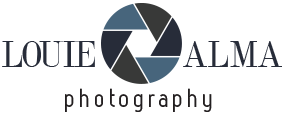KitchenAid’s new monochrome stand mixer shade is bound to divide opinion on appliance colour trends for 2026 – it’s certainly one for the minimalists
KitchenAid’s new monochrome stand mixer shade is bound to divide opinion on appliance colour trends for 2026 – it’s certainly one for the minimalists





